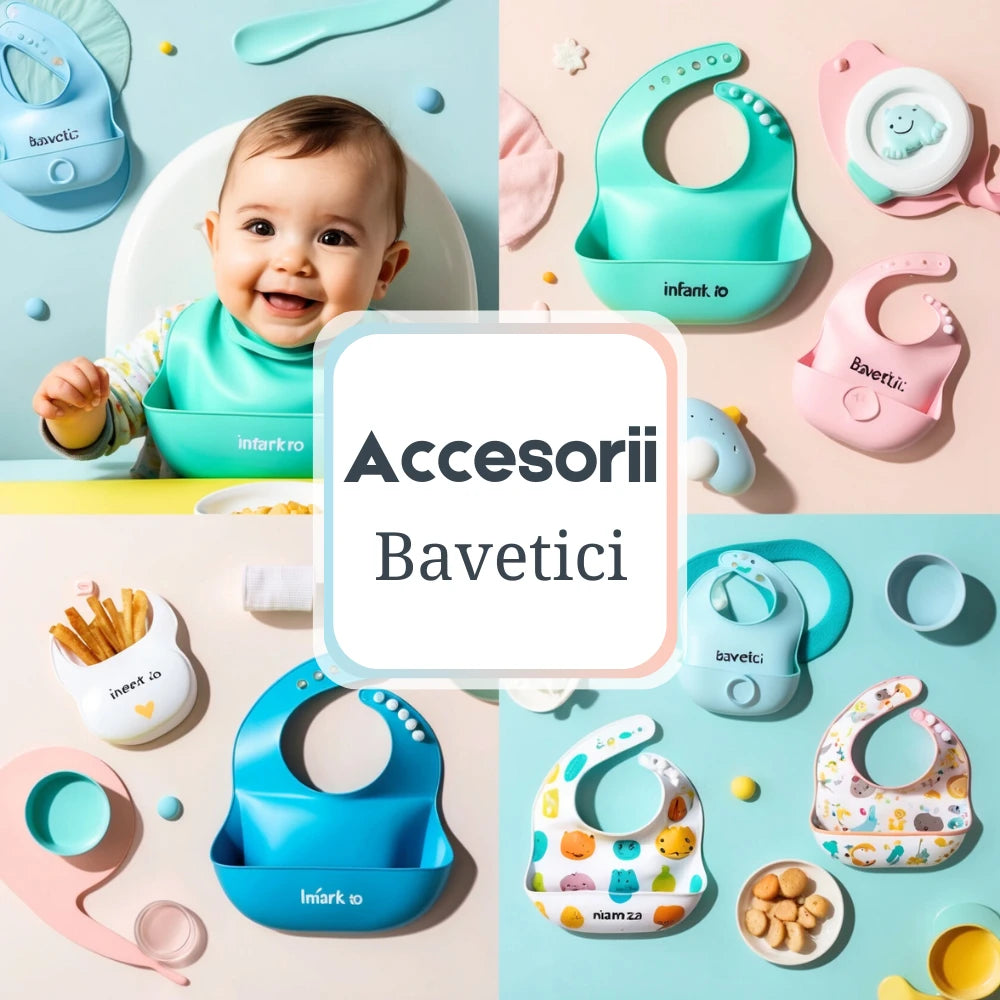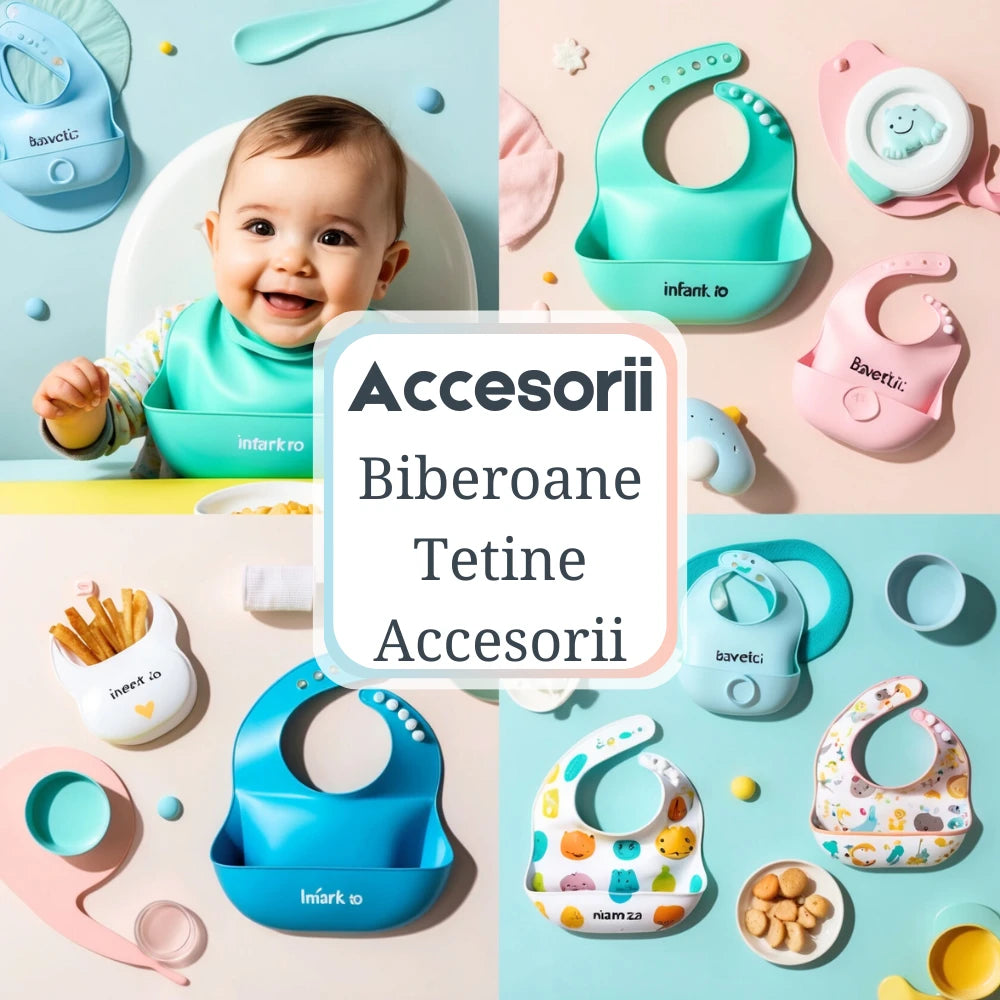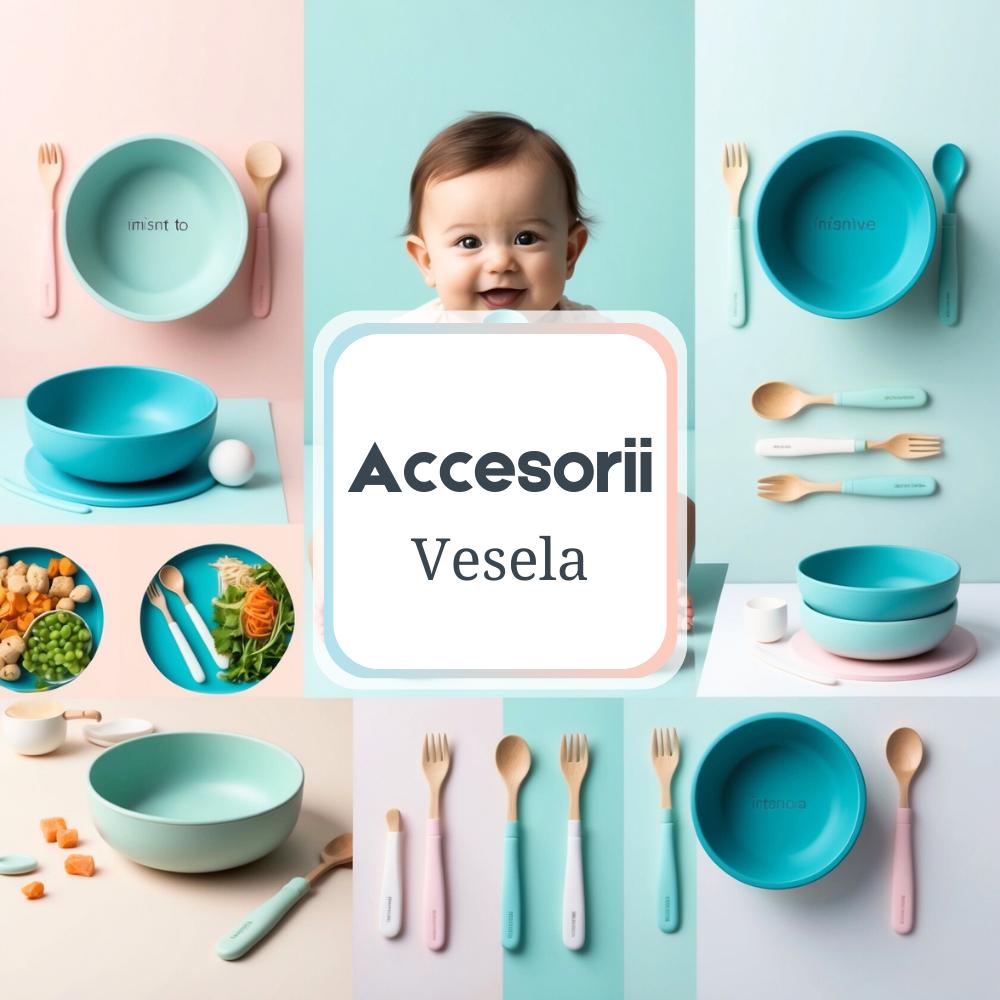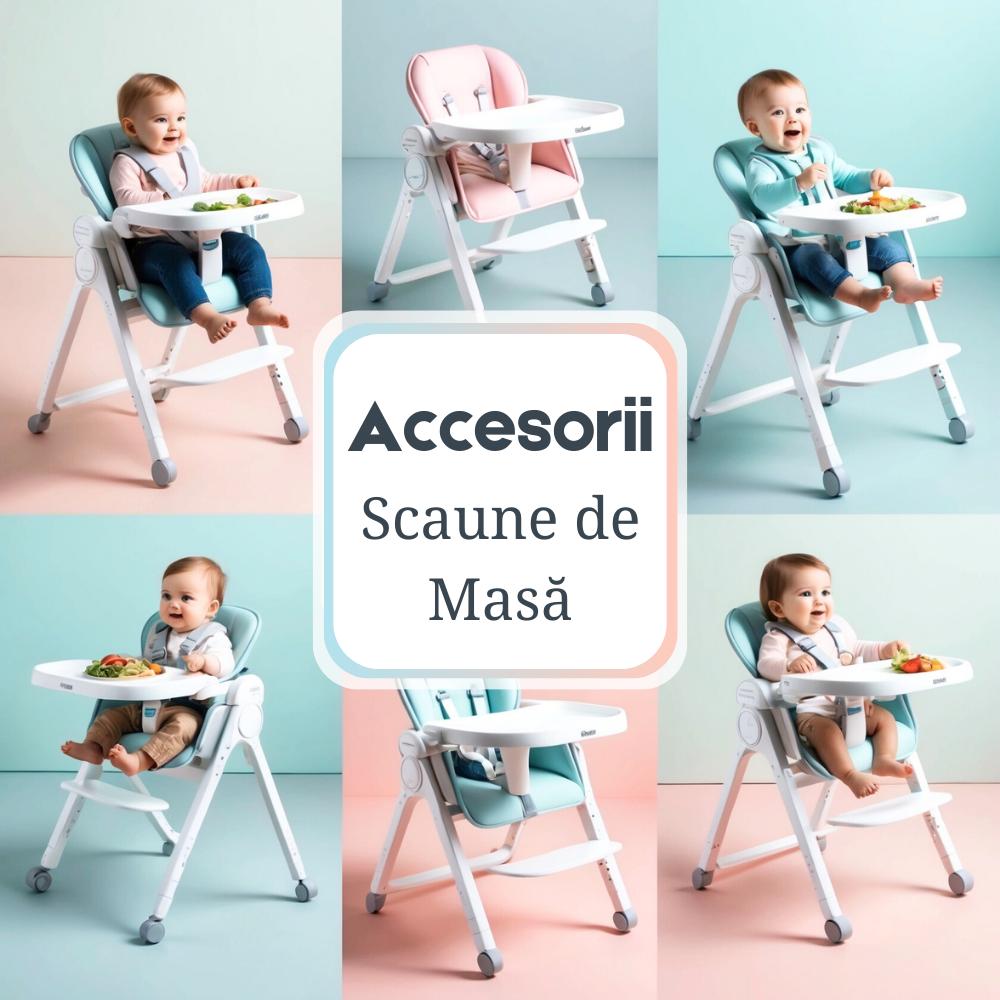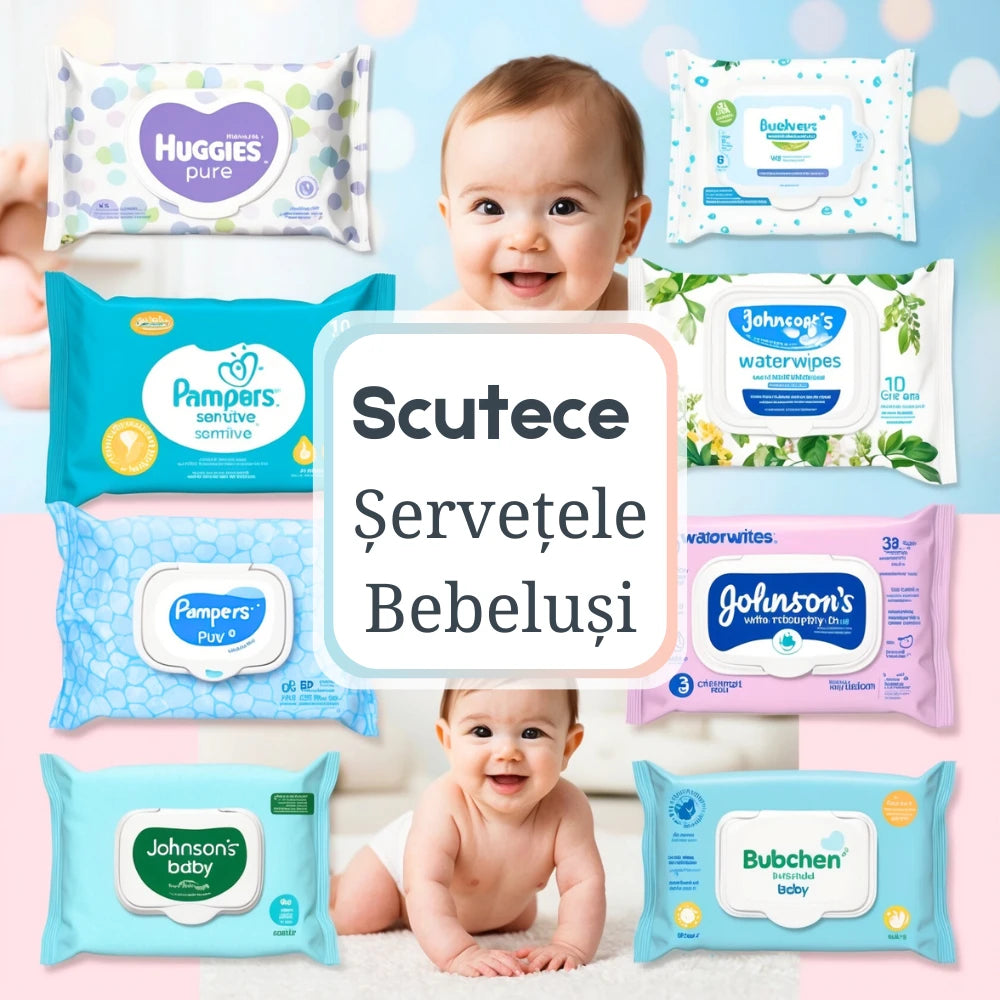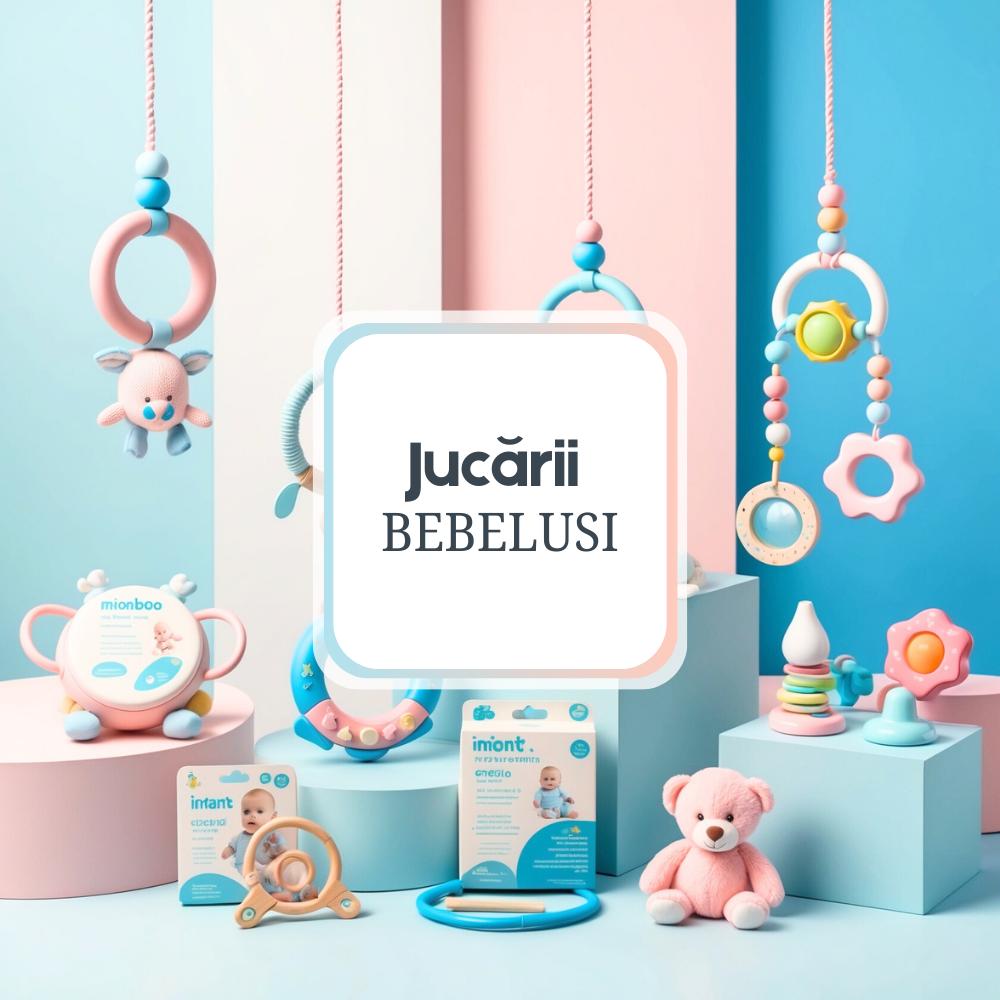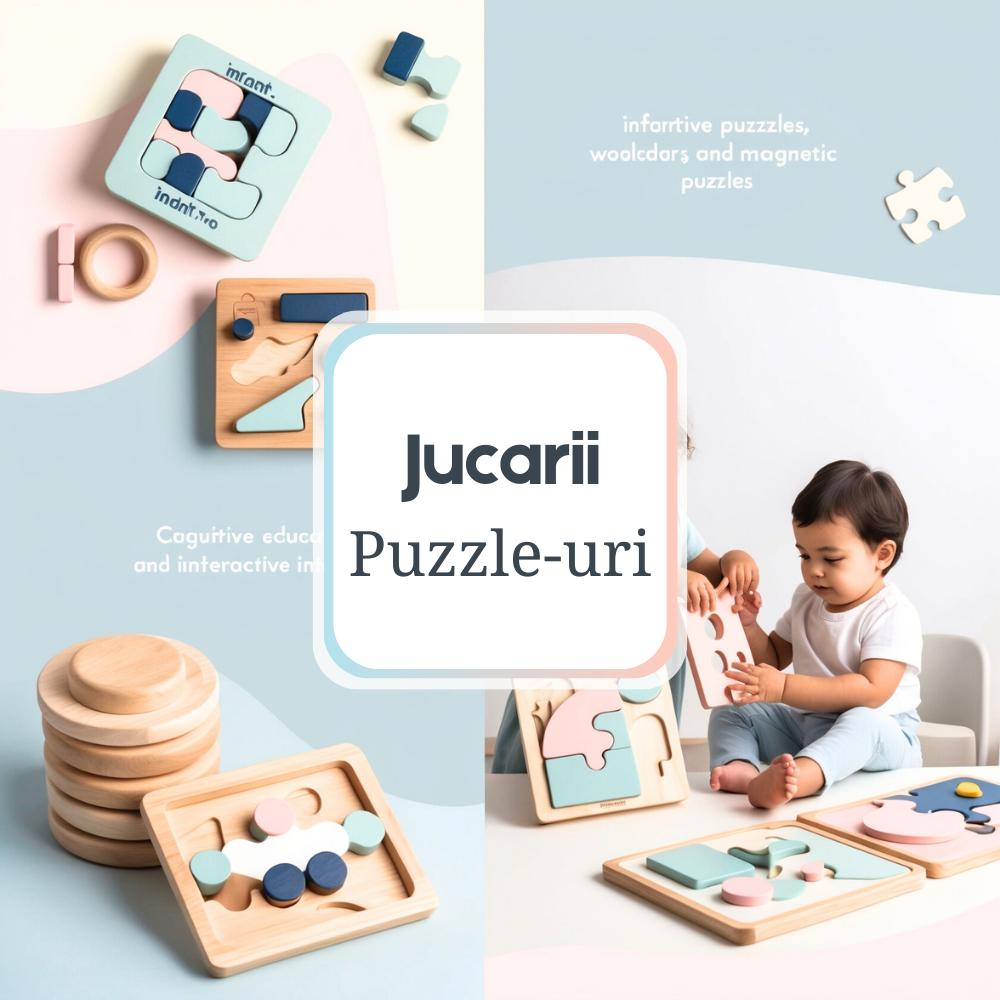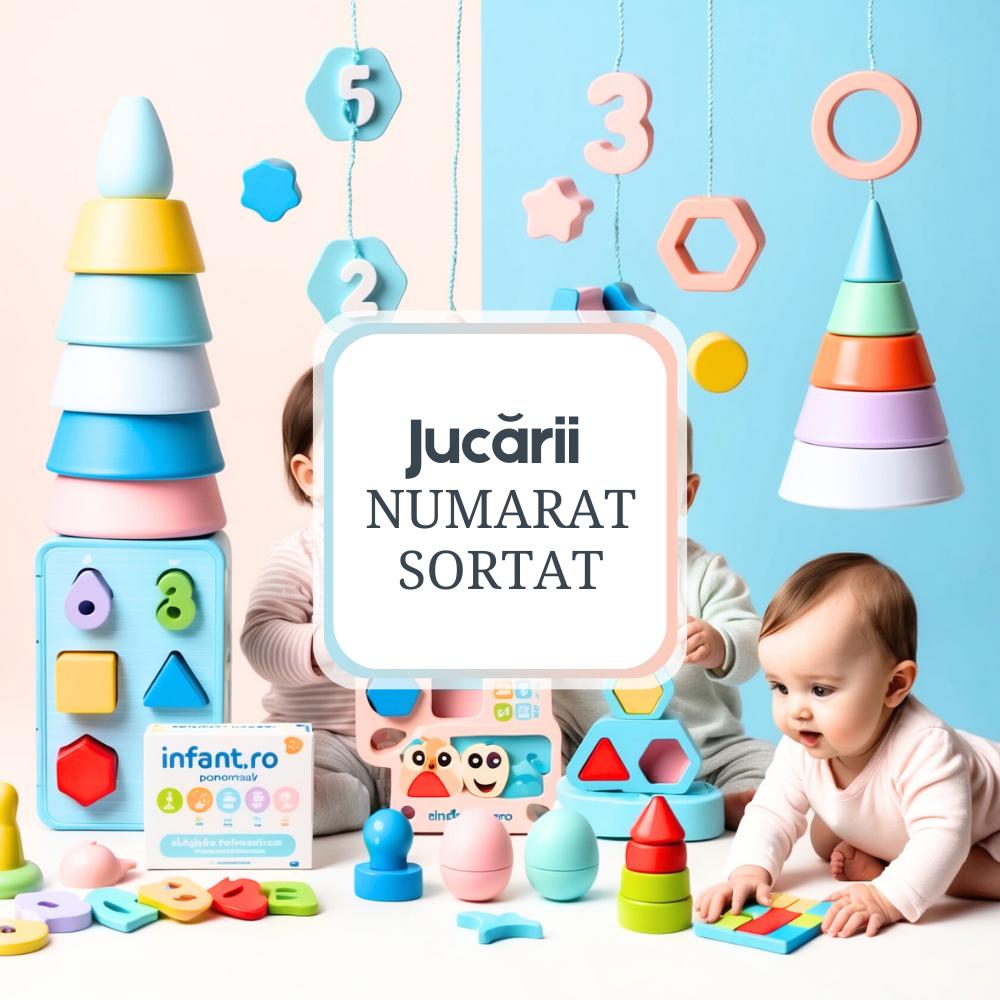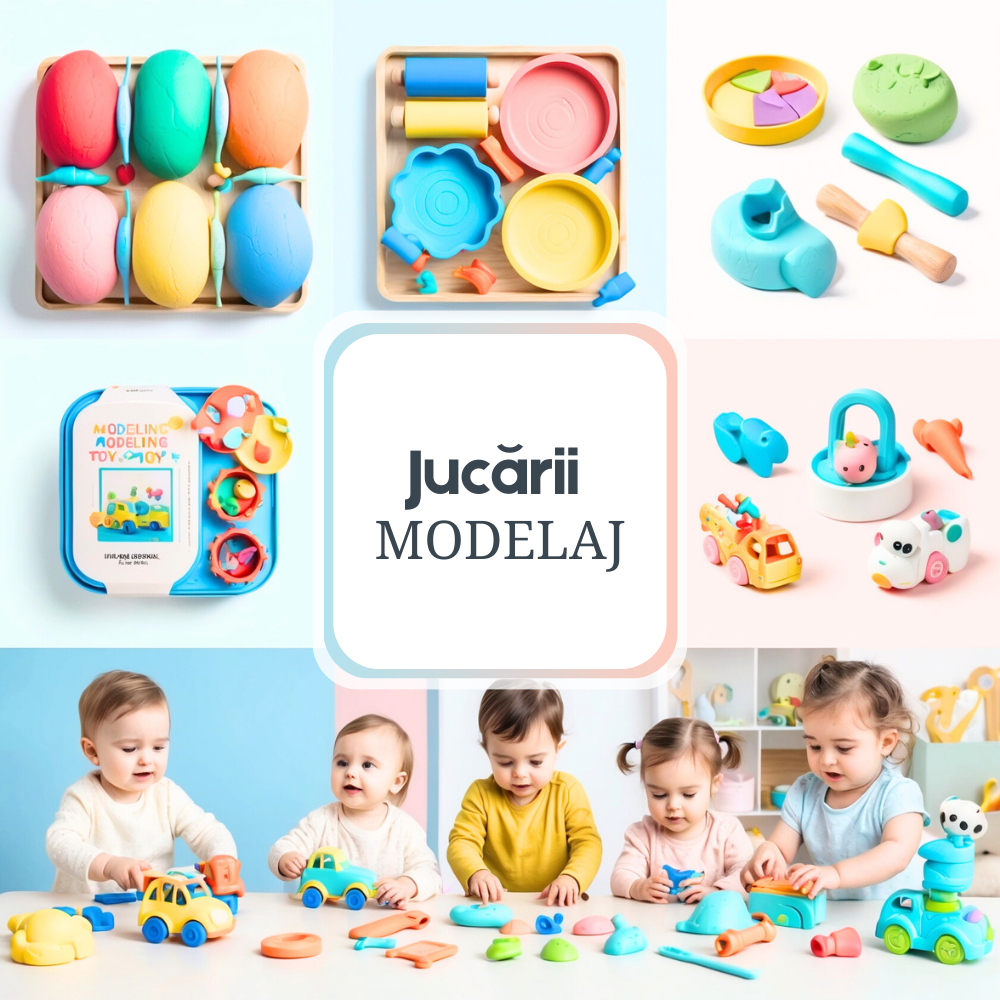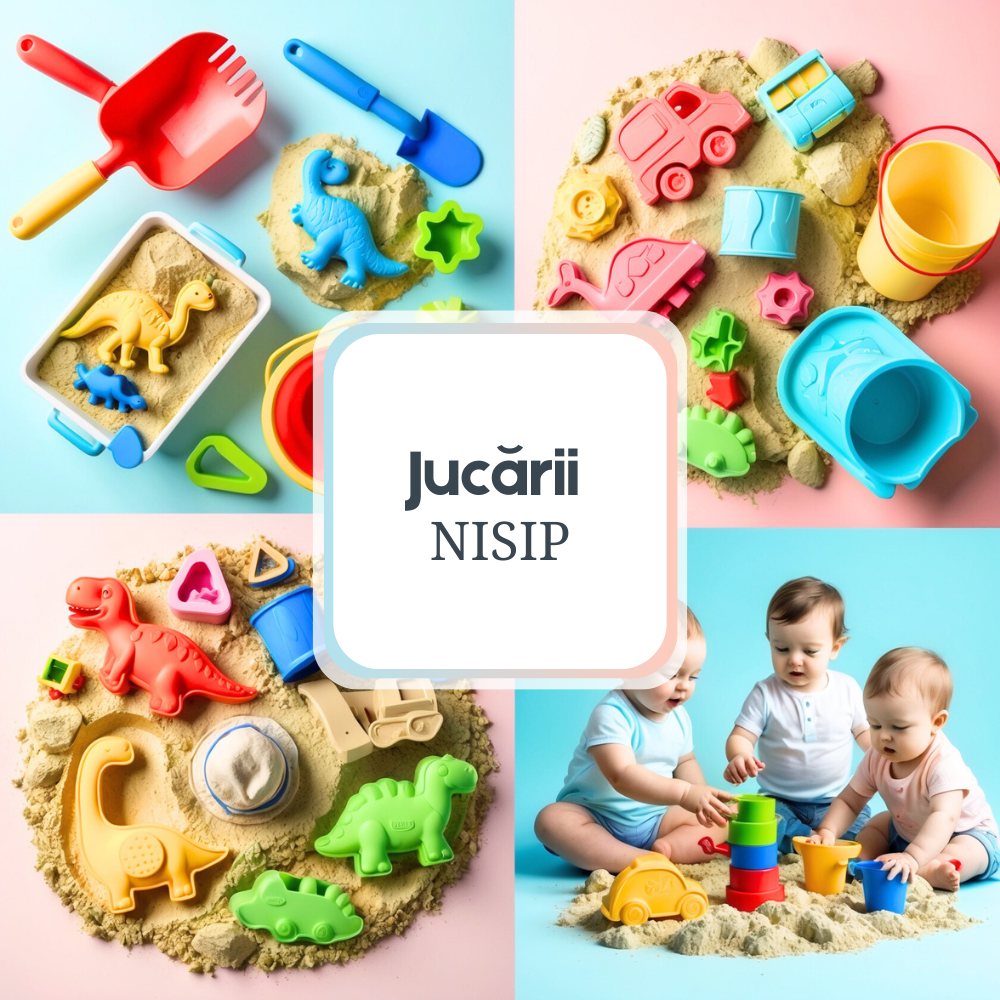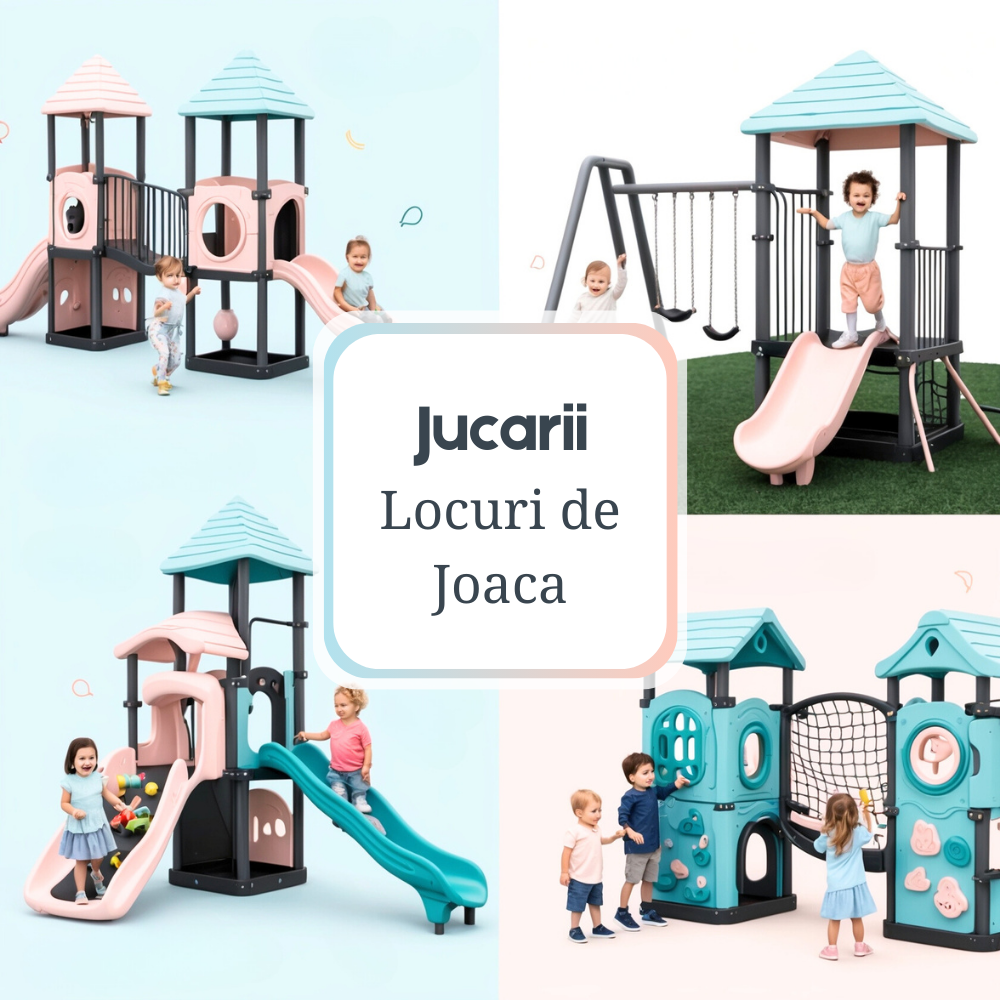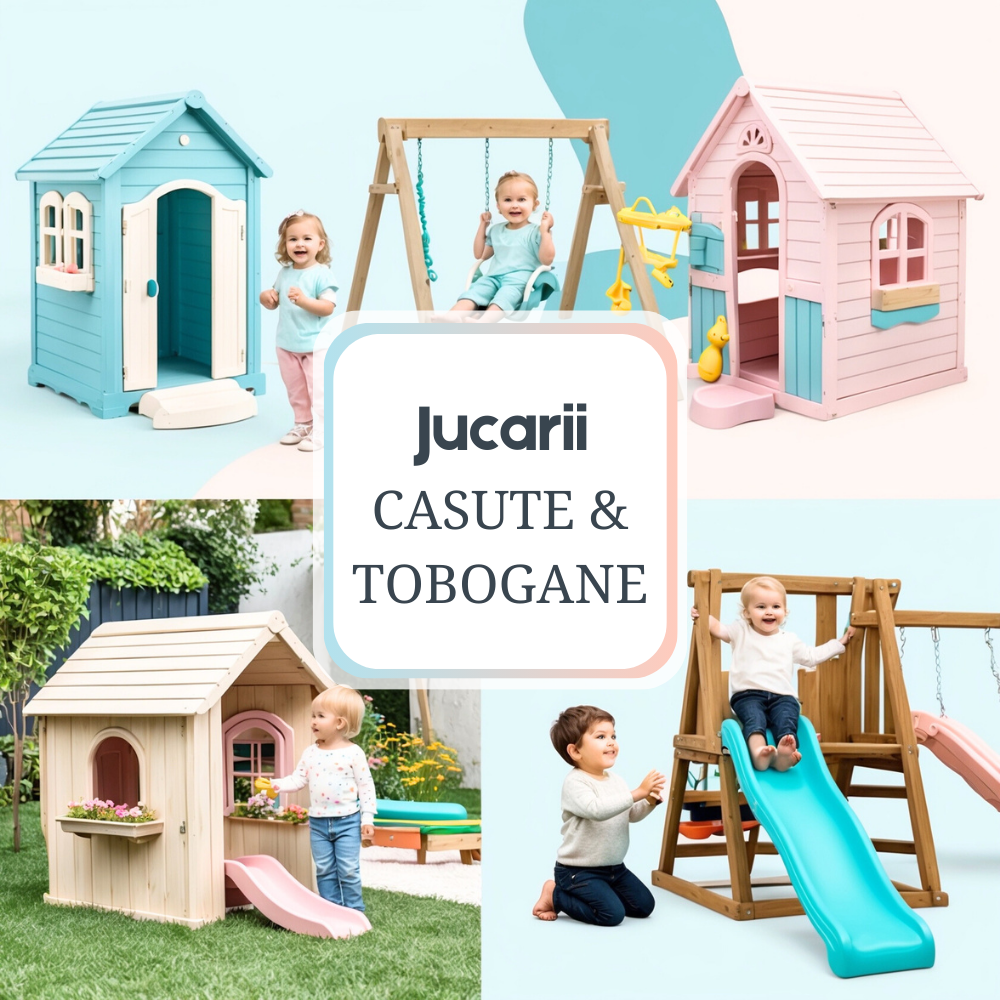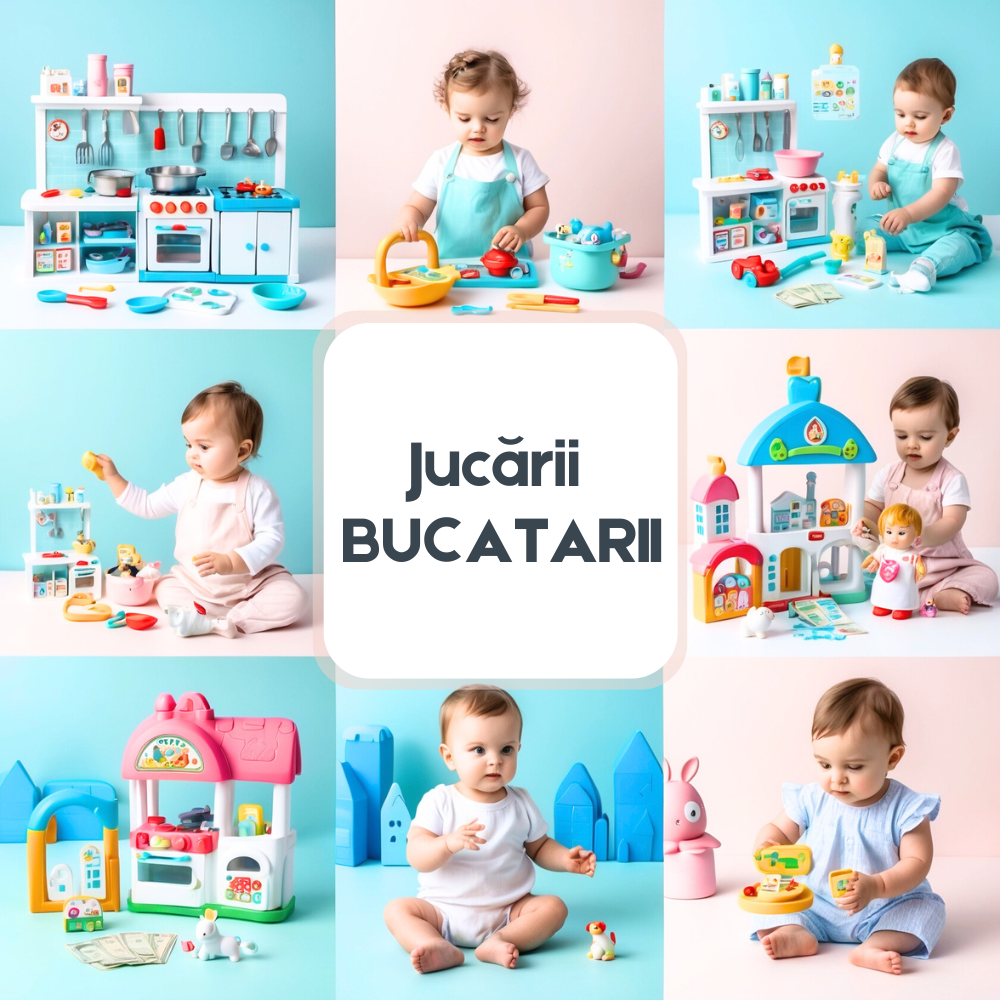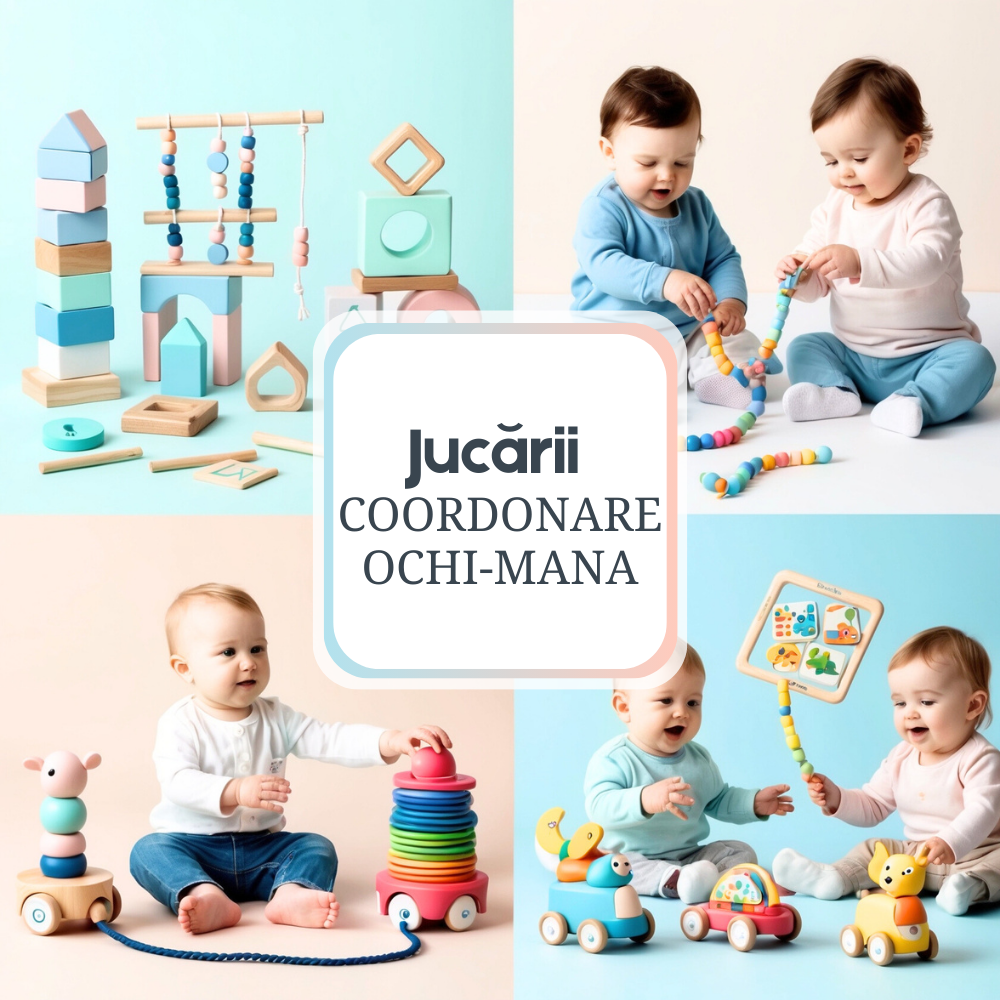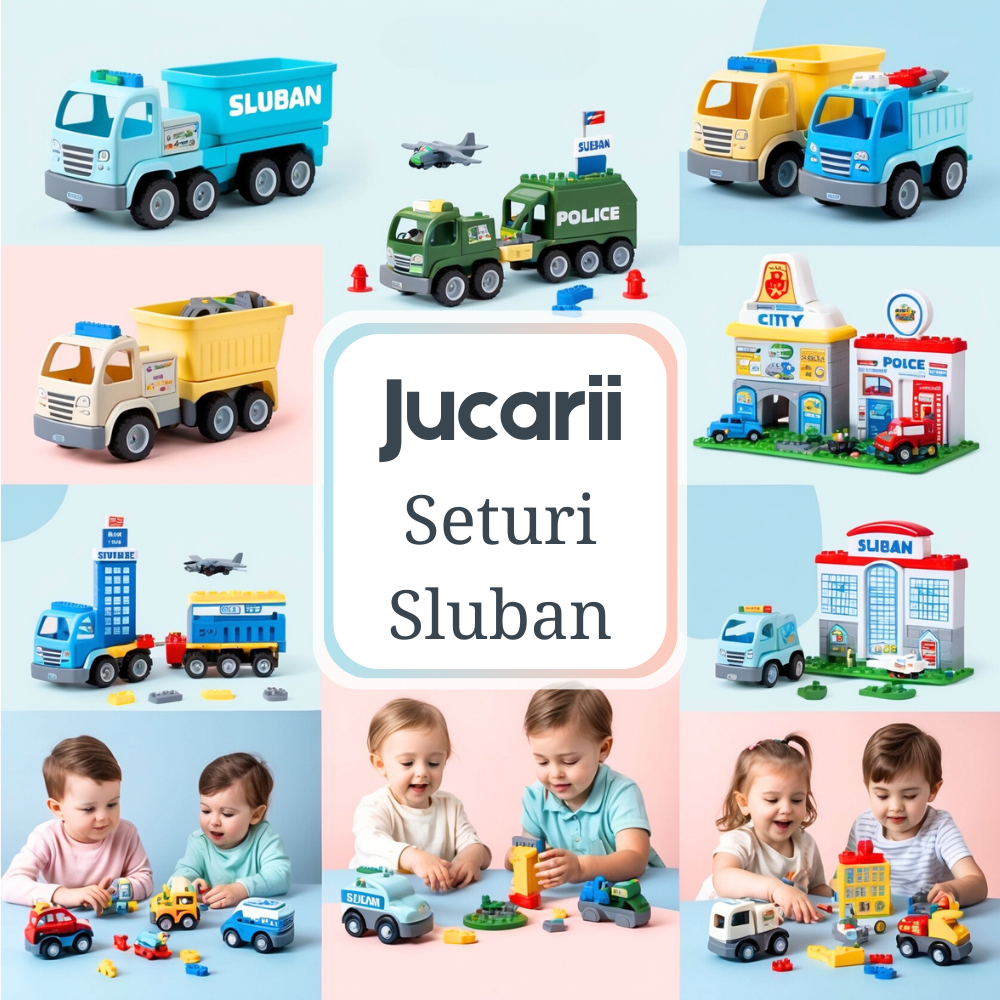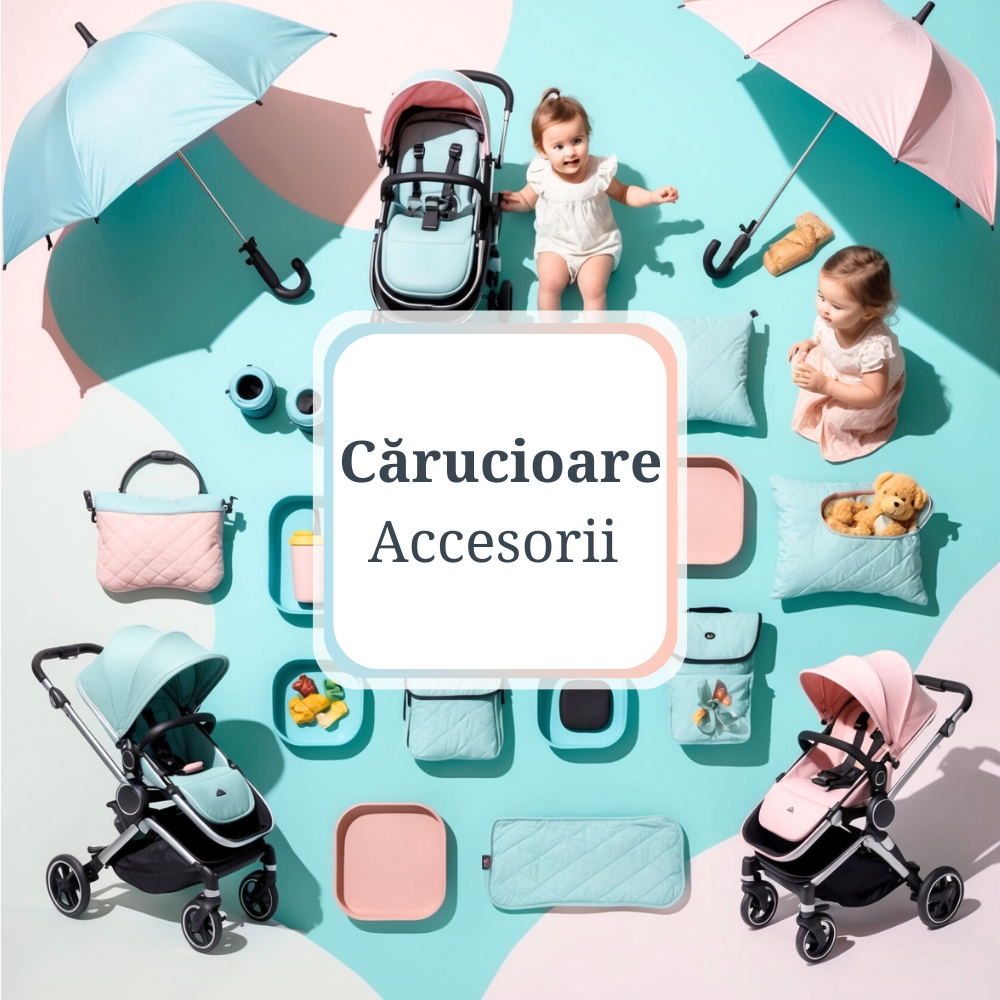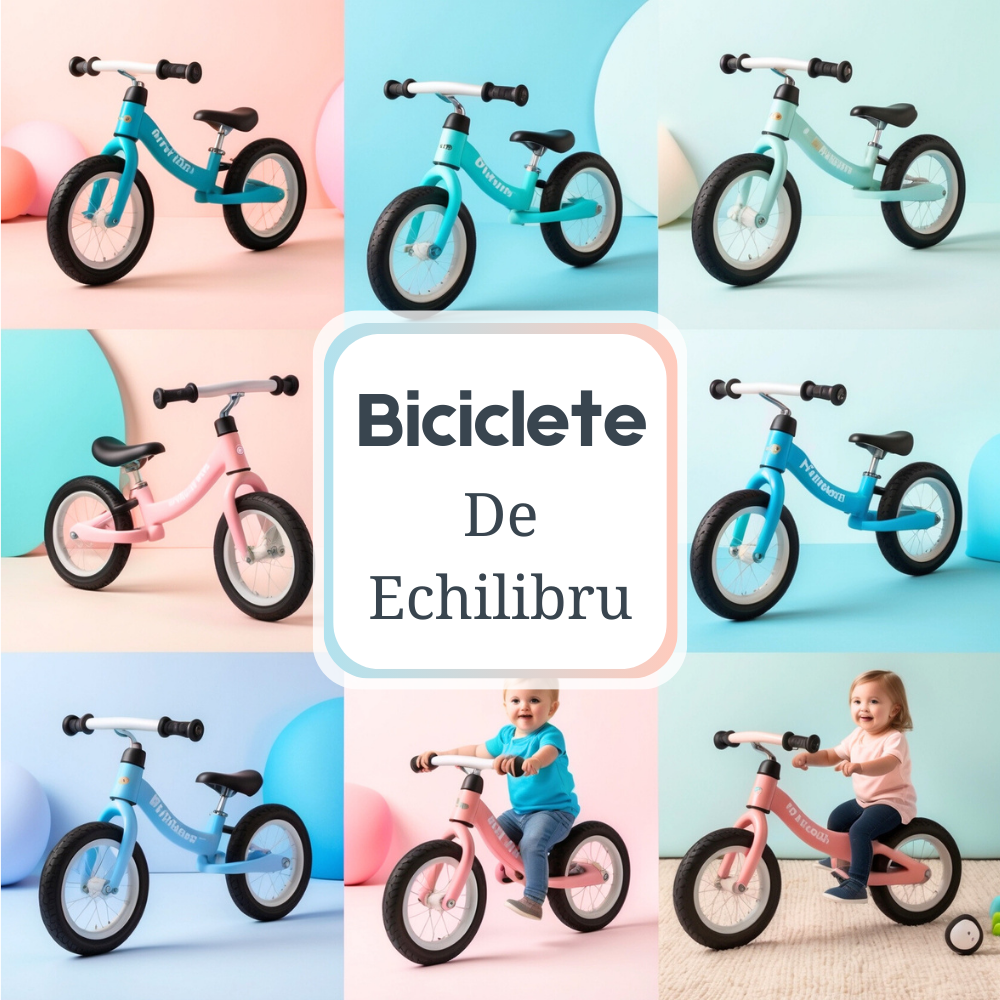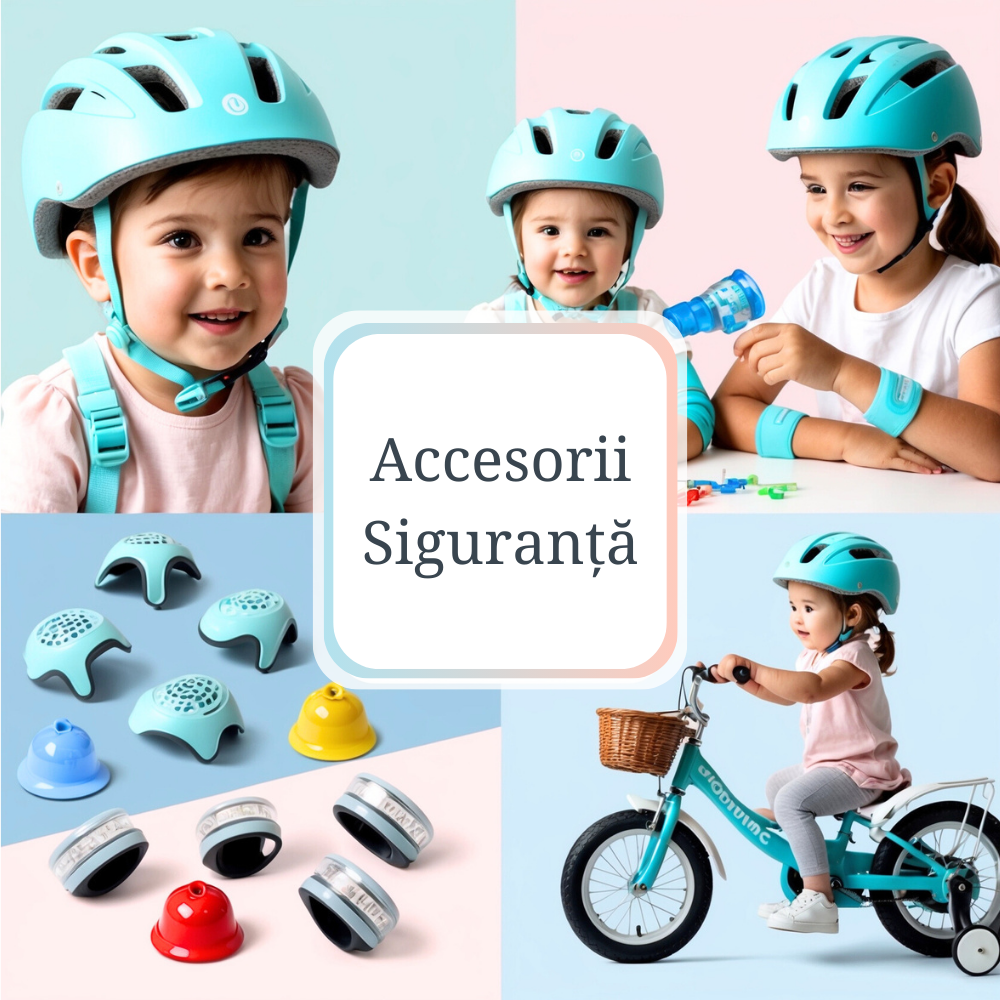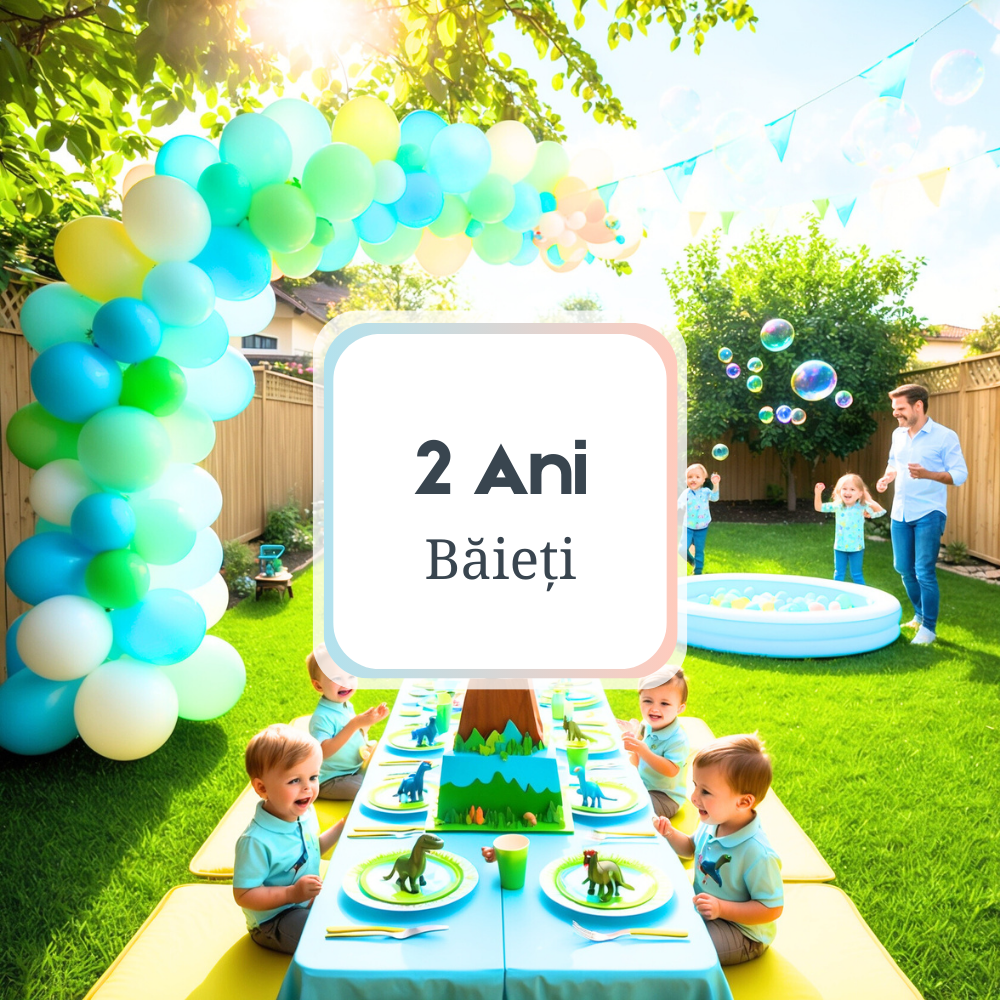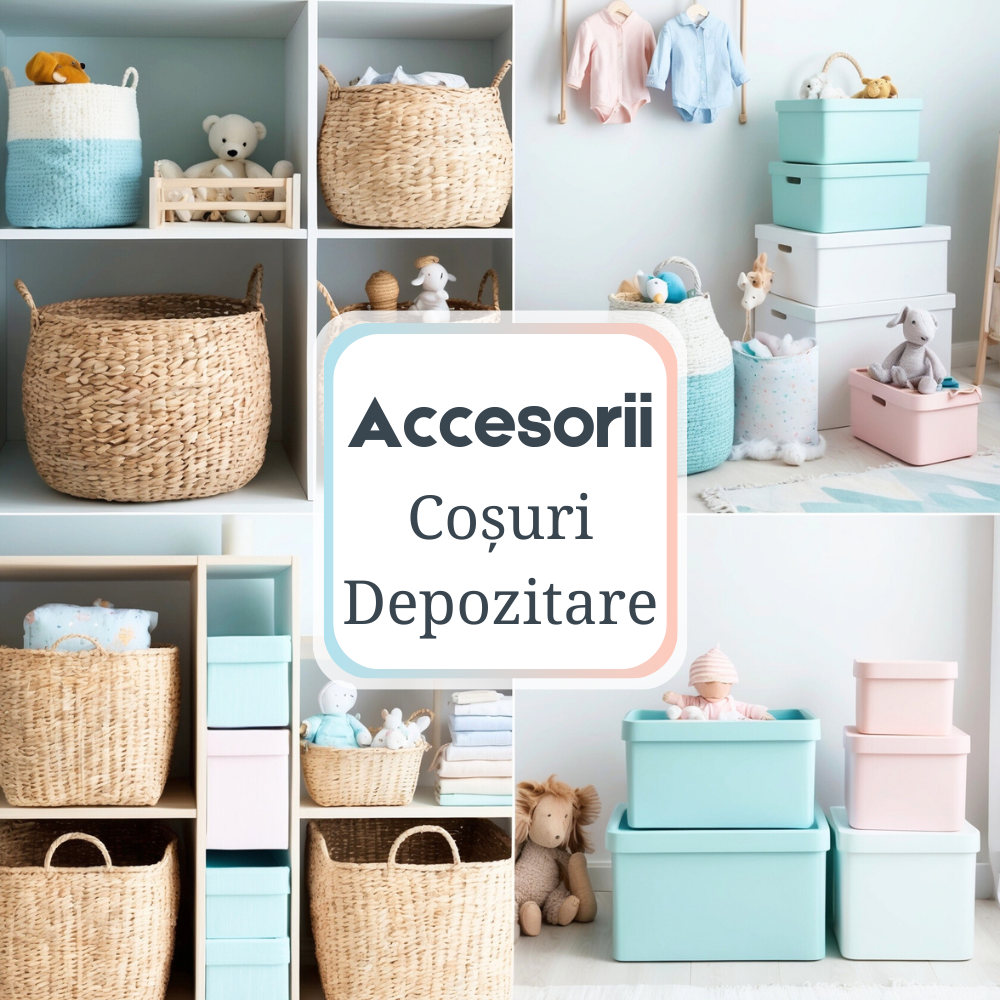How to Teach Your Baby to Feed Himself: A Parent's Guide
The child's food education is one of the most important stages in his development. Teaching the child to eat on his own is not only a step forward in his autonomy, but also a key moment in his emotional and social development. In this article, we'll walk you through the essential steps of this process, giving you practical tips and tricks to make the experience as pleasant and efficient as possible for both parties.
Motor Development
We begin with an essential sub-section in the learning process: the child's motor development. This represents the child's ability to coordinate hand and finger movements, a crucial skill in self-management of feeding. Around 6 months of age, babies start to develop their fine motor skills, which means it's the ideal time to encourage them to explore different textures and shapes.
Give your child easy-to-grab cubes of food, such as small pieces of cooked vegetables or fruit. Encourage him to touch them, grab them and experience the sensation of bringing them to his mouth. It will be messy, but this is a crucial step in learning to control the movements needed to eat on your own.
Language development
Integrating language into the process of self-management of the meal is equally important. Give your child words and phrases to associate with eating, such as "more," "ready," "yummy," or "help me." Use these words as you feed him, showing him how to communicate his food needs and preferences.
As your child grows and gains more vocabulary, encourage conversations at the table. This will help him to clearly express his preferences, make choices and learn the importance of nutrition, thus making the transition to independent eating easier and more interactive.
Nutritional Integration
It is essential to pay attention to proper nutrition throughout the entire learning process. Take care to offer your child a variety of foods, enriching his diet with all groups of nutrients. Introduce new tastes and textures gradually and watch for signs of allergy.
To make meals more attractive, use colorful plates, adapted eating utensils and even prepare food in fun shapes. Encourage him to be curious about new foods without forcing him to eat something he doesn't like. This stage is not only about eating on your own, but also about adopting healthy eating habits that last a lifetime.
Safety in the Food Process
Another crucial aspect to consider is safety. While encouraging independence, it is vital to provide an environment where the child can explore without the risk of injury. Always check the temperature of the food, avoid foods that pose a choking hazard and make sure it sits in a correct and stable position during meals.
Always be sure to supervise your child while he is eating and teach him how to chew and swallow properly. During the learning process, avoid distractions such as TV or toys to focus on eating and developing the necessary skills.
Patience and Encouragement
Teaching your child to eat on his own is a process that takes time, patience and lots of encouragement. Celebrate every little success—every spoon used correctly, every morsel of food caught—and offer lots of praise and affection. Avoid punishment or pressure, as these can create a negative association with eating.
Be clear that every child is unique, and as such, some stages may take longer than others. Respect the child's own pace, without rushing him, to create a positive experience around the table.
Conclusion
In conclusion, the process of teaching a child to eat on his own is a road full of challenges, but also of immense satisfaction. With patience, encouragement and close supervision, you will be able to transform the act of feeding into an autonomous and enjoyable adventure for your little one. It may be messy at first, but the results—seeing your child making healthy food decisions and managing his own meals—are incomparably valuable.
We invite you to explore other sections of our store for more helpful tips and products that can help you on this journey. Subscribe to our newsletter to stay up to date with the latest news and resources for parents and children. Good luck in this wonderful stage of your child's development!




